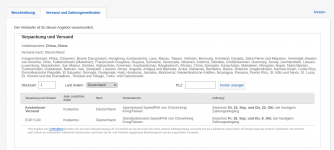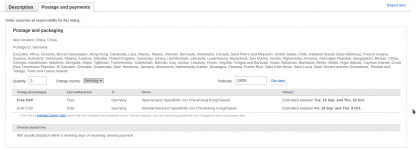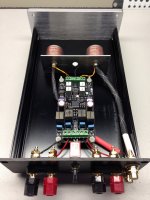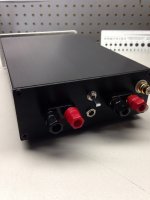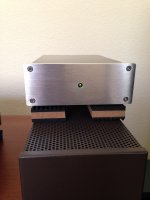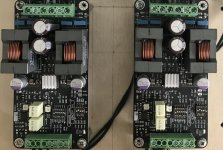I just picked up a Fisher 800-C, a Garrard turntable, and a pair of 16" alnico woofers (maybe fisher, all I remember is that they said "oakton" on them, will get them tomorrow) out of a console I bought with lunch money. The older gentleman purchased this new and said it was "top of the line" when he got it. It still has original Fisher tubes installed, absolutely mint. It has not been powered up in at least 20 years. I love this country.
I found this post on stevehoffman.tv and I'll repost here because it seems great advice. I have minimal experience in electronic troubleshooting, none with tubes. This is my second tube amp ever, the first doubled as a rat's nest at some point in time, so I've been reluctant to do much with it, this baby has project potential, I'm willing to dive in and do whatever is needed for complete restoration.
If anyone can contribute with hints and suggestions, I would greatly appreciate it. A photo will be provided shortly.
Is the "dim bulb test" a light dimmer? Will that be a good substitute for a variac, because I don't have one. I do have esr tester, a good meter, and will most likely acquire an o-scope shortly.
******************************
Posted by Hegeman's Ghost
Adrian,
If you take it to a local repair person, be sure he has tube amp experience. If you don't mind shipping the amp. there are a few qualified people who you could send it to for repairs. If you are interested in the latter, email me off line and I will provide you with contact information.
Following is a list of the steps that I follow when bringing up a vintage amp/radio/receiver that I have just purchased.
1. Open the unit and inspect the electronic components and wiring. Look for broken or loose wires, leaking capacitors, burnt or badly discolored resistors, etc.
2. Check the power cord. Make sure it is not frayed or broken.
3. Hook an ohm meter to the prongs on the plug(unpluged of course). A reading of 5 to 20 ohms is normal.
4. Check the fuse. Is it good and is it the correct amp rating for the unit. I'm guessing your unit would use a 3 amp fuse.
5. Clean all of the pots and switches with contact cleaner.
6. Test all of the tubes on a reliable tube tester.
7. Clean all of the tube tines and tube sockets with contact cleaner.
8. Clean all of the inputs, and outputs with contact cleaner.
9. Use a variac or dim bulb tester to power the amp up slowly. I start at 20 volts, then go to 40 volts, 60 volts, 100 volts, and finally 120 volts. Obviously, if you blow a fuse at any of the lower voltages, don't go higher until you find out what caused the problem.
In your case, you have already applied 120 volts and the unit took it without blowing a fuse. So it is pointless now to worry about bringing it up slowly.
Question, have you hooked the unit up to a turntable or cd player and tried to pass a signal?
After you do steps 1 - 8 above, you might want to try this and see what happens. You can't imagine how may problems are simply the result of dirty pots, switches and sockets in equipment that has been sitting idle for years.
By the way, if you don't have a tube tester, skip item 6 on the list. If they are new tubes, it's unlikely that both channels will have a defective tube.
Good luck, HG



